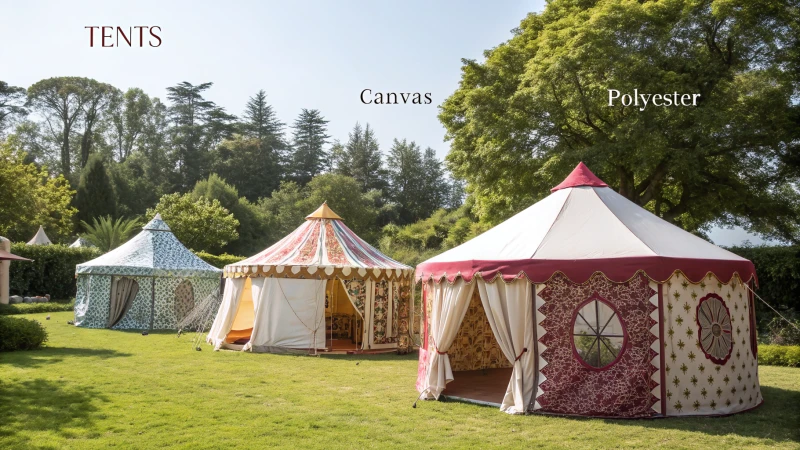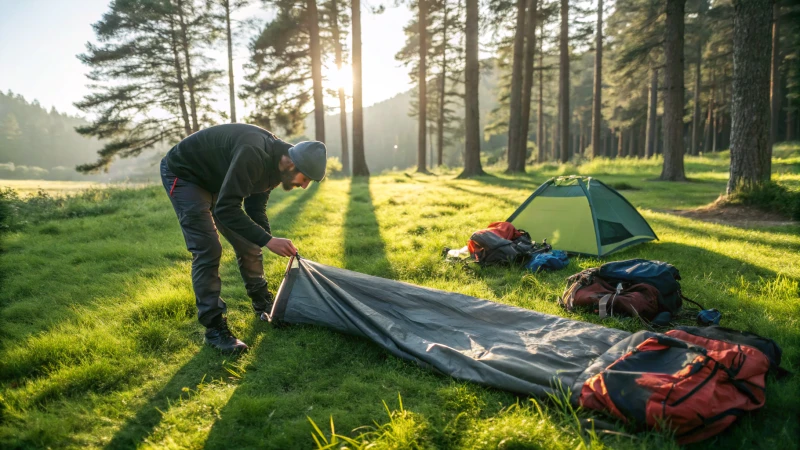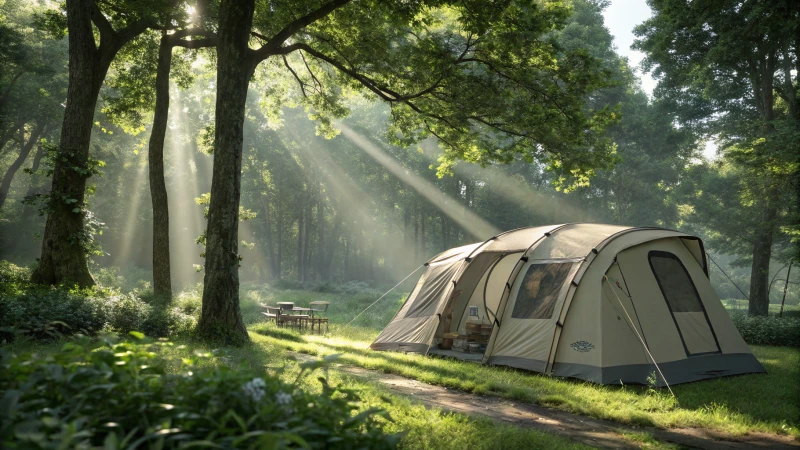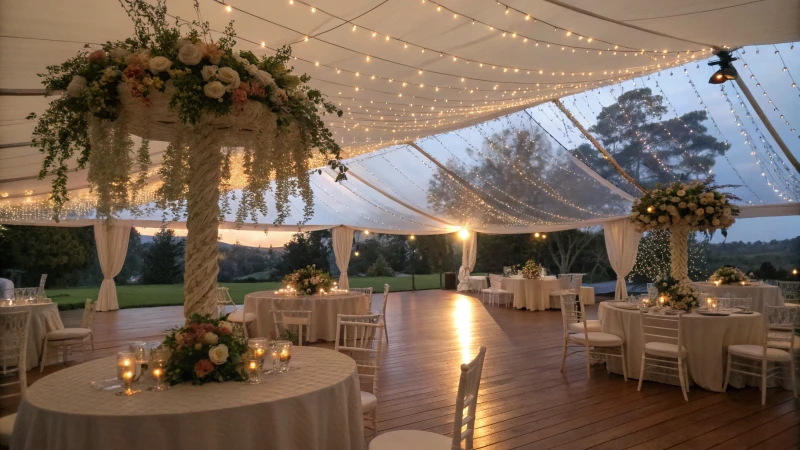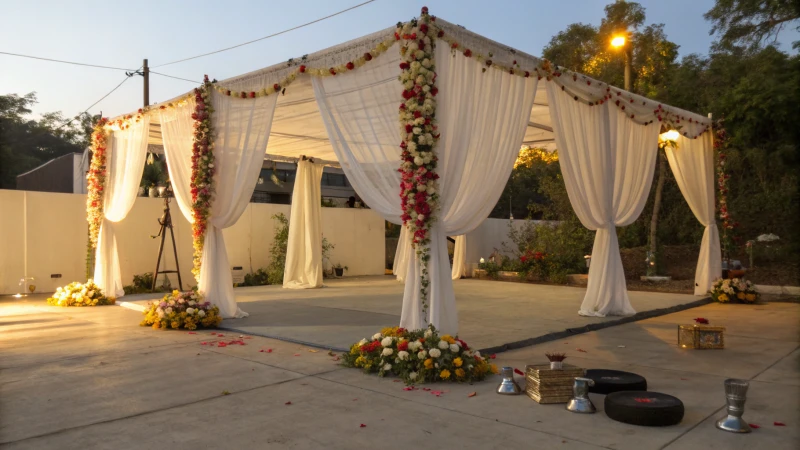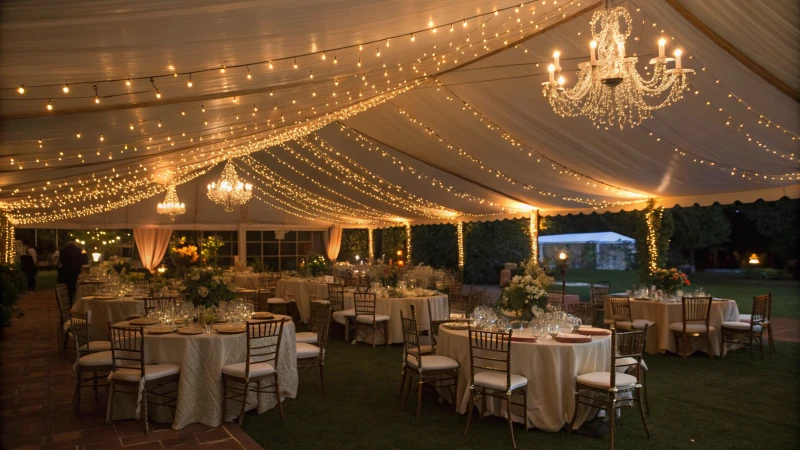
Have you ever watched a simple tent turn into a twinkling wonderland as the sun sets?
To light a marquee tent for evening events, blend ambient, task, and decorative lighting. Use string lights, chandeliers, and spotlights to craft a welcoming glow and ensure functionality. Consider the event’s demands, pick suitable lighting, and plan your layout for maximum impact.
When it comes to lighting a marquee tent, it’s all about creating that perfect mix of coziness and practicality. Picture this: the warm twinkle of string lights overhead, a classic chandelier hanging elegantly, and spotlights focusing on key areas like dining tables or the dance floor. These elements not only light up the space but also set the mood for your guests.
I remember planning my first big event under a marquee. I was both nervous and excited—determined to create an unforgettable atmosphere. After hours of experimenting with different lighting setups, I found that layering various lighting types transformed the tent into a mesmerizing evening spectacle. It’s all in the details: choosing the right combination of lights and placing them thoughtfully to highlight the event’s best features.
So next time you’re setting up your marquee, let your creativity shine through. Use lighting to not only illuminate but to enchant, ensuring your event is memorable for all the right reasons.
String lights are the only lighting needed for a marquee tent.False
String lights alone don't provide enough ambient, task, and decorative lighting.
Chandeliers add elegance to marquee tent lighting.True
Chandeliers enhance the ambiance and provide decorative lighting.
What Types of Lighting Are Best for Different Events?
Ever noticed how the right lighting can make any event unforgettable?
Choosing the right lighting can completely transform the atmosphere of an event. For weddings, soft lighting like fairy lights or chandeliers create a romantic setting. Concerts benefit from dynamic stage lighting for energy, while corporate events typically require functional yet elegant lighting, such as spotlights and pendant fixtures.
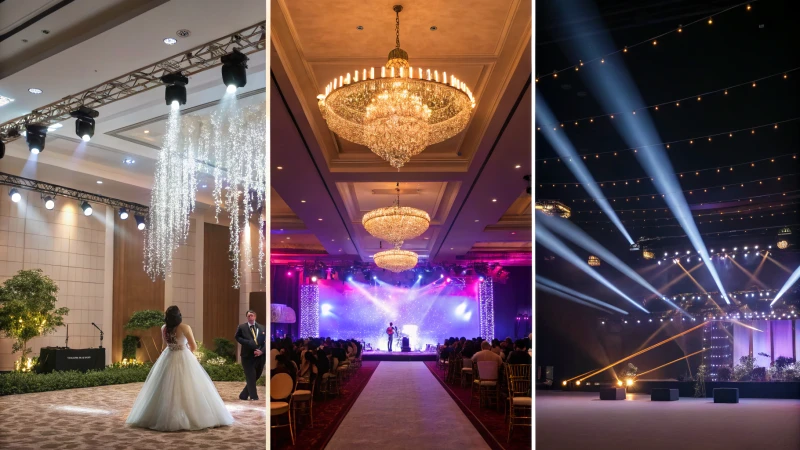
Wedding Events
Creating a romantic and enchanting atmosphere is key for weddings. Ambient lighting using chandeliers1 or fairy lights sets a soft, warm tone. Chandeliers provide elegance, while fairy lights offer a whimsical charm.
| Lighting Type | Description |
|---|---|
| Fairy Lights | Strings of tiny lights that add magic |
| Chandeliers | Elegant fixtures for grandeur |
For task lighting, consider uplights2 to accentuate floral arrangements or architectural features. Spotlights on the dance floor can enhance photographers’ captures and encourage guests to dance.
Concerts and Music Festivals
Concerts thrive on dynamic and vibrant lighting that enhances the music experience. Stage lighting includes moving heads and LED panels3 to create energy.
| Lighting Type | Functionality |
|---|---|
| Moving Heads | Versatile lights that pivot for effects |
| LED Panels | Bright and color-changing displays |
For ambient lighting, consider colored wash lights that bathe the audience area in hues matching the event’s theme, making it feel like part of a living piece of art.
Corporate Events
Corporate gatherings focus on professionalism with a hint of sophistication. Pendant lights4 serve dual purposes: they illuminate workspaces effectively while adding modern style to dining areas.
| Lighting Type | Purpose |
|---|---|
| Spotlights | Highlight speakers or presentations |
| Pendant Fixtures | Add modern style to dining areas |
Additionally, employ uplighting around the venue’s perimeter to subtly define spaces and make them appear larger, creating an inviting yet expansive atmosphere.
Understanding these nuances allows planners to select appropriate lighting that not only serves practical purposes but also elevates the overall experience. This involves blending different types of lighting to achieve both functionality and aesthetic appeal. For more insights, explore the world of event lighting solutions5.
Fairy lights add magic to wedding events.True
Fairy lights are known for creating a whimsical charm at weddings.
LED panels are unsuitable for concerts.False
LED panels are ideal for concerts due to their bright, dynamic displays.
How Do I Plan the Layout for Optimal Lighting?
Planning the perfect lighting layout feels like painting with light, bringing warmth and functionality to every space.
To plan optimal lighting, I start by identifying areas that need illumination, selecting fixtures for each purpose, and ensuring power accessibility. By combining ambient, task, and accent lighting, I create a harmonious balance that enhances both aesthetics and functionality.
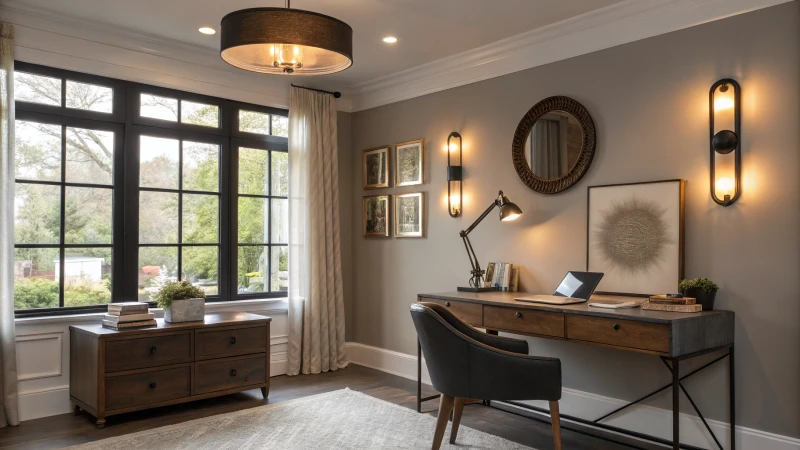
Understanding Lighting Needs
When I set out to plan the lighting in a space, the first thing I do is really dive into understanding what each room needs. Take my living room, for example. I wanted it to feel cozy yet lively, so ambient lighting was key. But when it came to my kitchen, bright task lighting was essential because I spend a lot of time there whipping up new recipes.
Consider these factors:
- Room Function: Different rooms have different vibes. Bedrooms? They need soft lighting for relaxation. Kitchens? That’s where focused task lights come in handy.
- Natural Light: I love evaluating how sunlight plays through my windows and thinking about how artificial light can complement it.
- Fixture Placement: Some spots need to shine bright, while others benefit from a subtle glow.
Selecting the Right Lighting Types
Once I have a clear understanding of what each room calls for, choosing the right lighting types becomes easier. Here’s how I break it down:
| Lighting Type | Description | Best For |
|---|---|---|
| Ambient | General illumination | Living rooms, bedrooms |
| Task | Focused on specific areas | Kitchens, offices |
| Accent | Highlights features or decor | Art pieces, shelves |
Ambient Lighting
Ceiling lights or chandeliers work great to spread light evenly. Consider dimmable lights6 for adjustable brightness—perfect for setting the mood.
Task Lighting
Under-cabinet lights in the kitchen or a good desk lamp in my office provide the direct illumination needed for focus.
Accent Lighting
Spotlights or LED strips are fantastic for adding depth, whether it’s highlighting artwork or unique architectural features.
Planning the Layout
Planning out where each light goes is where the magic happens:
- Ceiling Lights: Position them centrally or over important spots like dining tables.
- Wall Sconces: Great for saving floor space and adding just the right amount of ambiance.
- Floor and Table Lamps: These are lifesavers when I need extra light layers—perfect in corners or beside sofas.
Ensuring Power Accessibility
The last piece of the puzzle is making sure everything’s powered up safely and efficiently:
- Outlet Placement: Convenient outlet locations make life easier. Use extension cords sparingly.
- Power Load Management: Distributing devices across outlets prevents overloading circuits. Circuit planners7 have been invaluable for managing this.
- Smart Solutions: Smart plugs and wireless controls offer flexibility in managing light—so handy!
Taking these steps ensures that my lighting setup is not only functional but also adds to the overall beauty and feel of my space.
Kitchens require ambient lighting for optimal use.False
Kitchens need task lighting, not ambient, for focused illumination.
Accent lighting highlights decor and features.True
Accent lighting is used to emphasize art or architectural elements.
What Safety Measures Should You Consider?
Ever felt the thrill of hosting a big event, only to worry about safety details? You’re not alone!
Safety measures involve assessing risks, ensuring good lighting, securing electrical gear, and following local rules. Regular checks and training are key to enhancing safety anywhere.
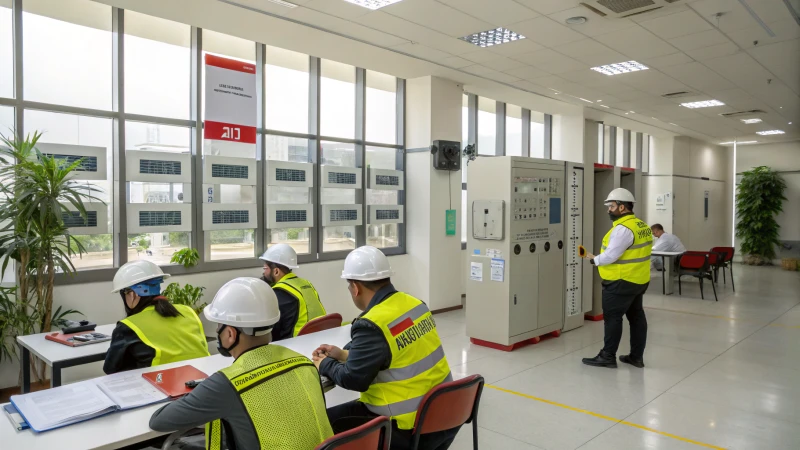
Assessing Risks
I remember my first big event, bustling with excitement yet shadowed by the lurking fear of potential mishaps. It was then I learned the value of a thorough risk assessment. By identifying potential hazards—be it a stray cable or an exposed corner—we prioritize safety and swiftly address critical areas. Conducting a risk assessment8 isn’t just a precaution; it’s peace of mind.
Ensuring Proper Lighting
There’s nothing quite like the ambience of a well-lit marquee tent. During one unforgettable wedding event, we strung lights and hung chandeliers, creating a dreamlike atmosphere. But it was more than just aesthetics; proper lighting prevented accidents and ensured everyone could enjoy the evening safely. A thoughtful lighting setup9 not only dazzles but safeguards.
Securing Electrical Equipment
The hum of generators and glow of lamps are event staples, but they bring their own set of challenges. I once had a close call with a toppled spotlight at an outdoor concert—an incident that taught me the importance of using outdoor-rated lighting and weatherproof cords. Ensuring equipment is grounded and cables are neatly secured is non-negotiable in any setup. Implementing electrical safety protocols10 is crucial to keep the music going without a hitch.
| Safety Measure | Description |
|---|---|
| Risk Assessment | Identify and evaluate potential hazards in the environment. |
| Adequate Lighting | Use ambient and task lighting for improved visibility and ambiance. |
| Electrical Safety | Secure cables, use outdoor-rated equipment to prevent electrical accidents. |
Adhering to Local Regulations
Navigating local regulations can feel like walking through a maze, but it’s essential for safety compliance. I recall a particularly tricky event where permits were required for temporary structures. Keeping up with local safety regulations11 ensures that we’re always in line with necessary standards, saving us from potential fines and ensuring everyone’s well-being.
Regular Checks and Training
Routine checks have become a cornerstone of my operations, akin to revisiting a favorite book—each read revealing something new. By regularly inspecting setups and training staff on emergency procedures, we prevent accidents before they occur. Hosting safety training sessions12 keeps everyone informed and prepared, creating an environment where safety is second nature.
Proper lighting reduces accidents in event settings.True
Adequate lighting enhances visibility, preventing tripping and collisions.
Ignoring local regulations is acceptable for temporary setups.False
Compliance with local regulations ensures safety and legal adherence.
How can I test and adjust my lighting setup?
Remember the time when you just couldn’t get the lighting right for that special photo shoot? It’s all about testing and adjusting!
To test and adjust your lighting setup, start by evaluating your light sources and their positioning. Tweak angles and intensity to achieve the effects you want. Use tools like a light meter or camera settings to ensure proper exposure levels.
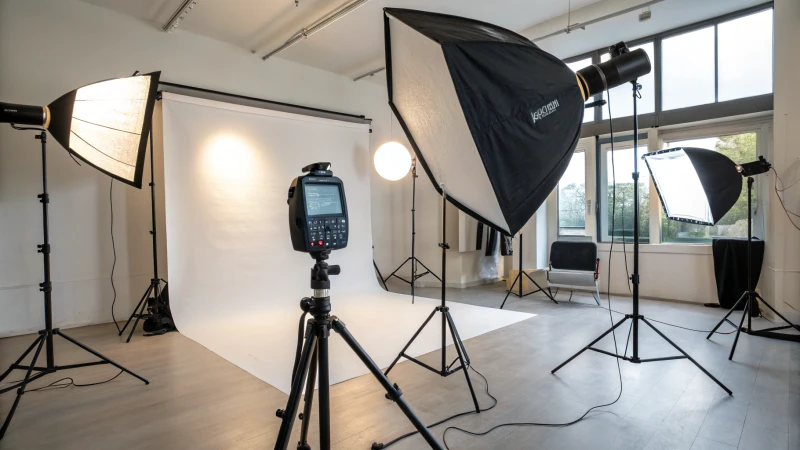
Assessing Your Current Lighting
Ever set up lights for a party and felt like you were missing something? That used to be me, until I realized how crucial it was to understand the purpose behind each setup. Whether it’s for capturing the perfect Instagram shot or setting the mood at an event, clarity on your goal changes everything. I remember using a mix of LED and natural light in my studio, and realizing just how much placement mattered.
- Placement: Ensure lights are perfectly positioned to cover your desired area.
- Intensity: Check if your lights are overwhelming or not doing enough.
- Color Temperature: Is it matching the vibe you’re going for?
Tools for Testing Lighting
Tools are like that trusty hammer in a toolbox – essential! Back when I first started, I didn’t know how much a light meter13 could save the day. If you’re working with cameras, they often come with built-in meters that are incredibly handy.
| Tool | Purpose |
|---|---|
| Light Meter | Measures light intensity accurately |
| Diffusers | Softens harsh lighting |
| Reflectors | Redirects and enhances light |
Adjusting Your Setup
After pinpointing what needs fixing, it’s time to make some tweaks. Once, I had this issue with harsh shadows ruining my family photos. Introducing diffusers14 made a world of difference. For dramatic effects, repositioning lights can add an unexpected depth.
- Angle Adjustment: Switch up those angles to banish unwanted shadows.
- Distance Modification: Moving lights even slightly can drastically change intensity.
Verifying Results
Once adjustments are made, it’s all about checking your work. A simple review through a camera lens can tell you if everything’s balanced and the mood is just right. I learned this the hard way during a crucial shoot where uneven coverage was glaringly obvious only after reviewing footage.
For video shoots, tools like a camera monitor15 provide real-time feedback, ensuring everything’s on point. Remember, it’s about consistent tweaking to master the art of lighting.
A light meter measures light intensity accurately.True
Light meters are specifically designed to provide precise measurements of light intensity.
Diffusers increase the harshness of lighting.False
Diffusers are used to soften and spread out light, reducing harshness.
Conclusion
Learn how to effectively light a marquee tent for evening events using ambient, task, and decorative lighting to create a safe, inviting atmosphere that enhances the overall experience.
-
Discover various chandelier styles to elevate wedding decor. ↩
-
Learn effective uplight placement for enhancing wedding venues. ↩
-
Find top-rated LED panels that add energy to concerts. ↩
-
Explore stylish pendant lights suitable for corporate functions. ↩
-
Gain comprehensive knowledge about diverse event lighting options. ↩
-
Learn how dimmable lights offer flexibility in adjusting room brightness to suit various activities. ↩
-
Find strategies to balance power distribution and prevent circuit overload effectively. ↩
-
Learn how to conduct an effective risk assessment to prioritize safety measures efficiently. ↩
-
Explore various lighting setups that enhance visibility and safety in event environments. ↩
-
Understand the necessary electrical safety protocols to prevent accidents during events. ↩
-
Stay informed about local regulations to ensure compliance with safety standards. ↩
-
Discover why conducting regular safety training sessions is crucial for accident prevention. ↩
-
Explore expert tips on optimizing lighting setups tailored for photography to enhance image quality. ↩
-
Learn how diffusers can transform harsh lighting into soft, flattering illumination for various settings. ↩
-
Discover top-rated camera monitors to ensure accurate lighting and color during video production. ↩


